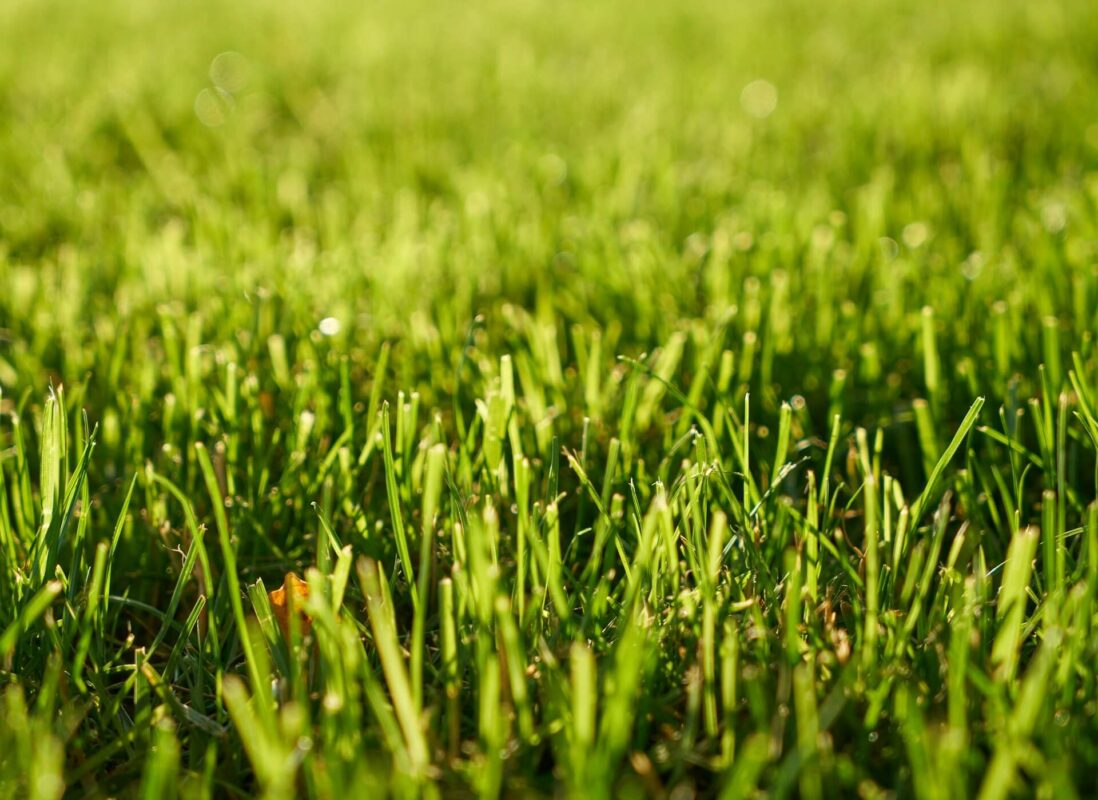Kentucky Bluegrass Guides
It seems we can't find what you're looking for.
Related Content
View More Guides
Get instant access to all of our premium pasture seed products by entering your zip code into our exclusive Seed Selector!

